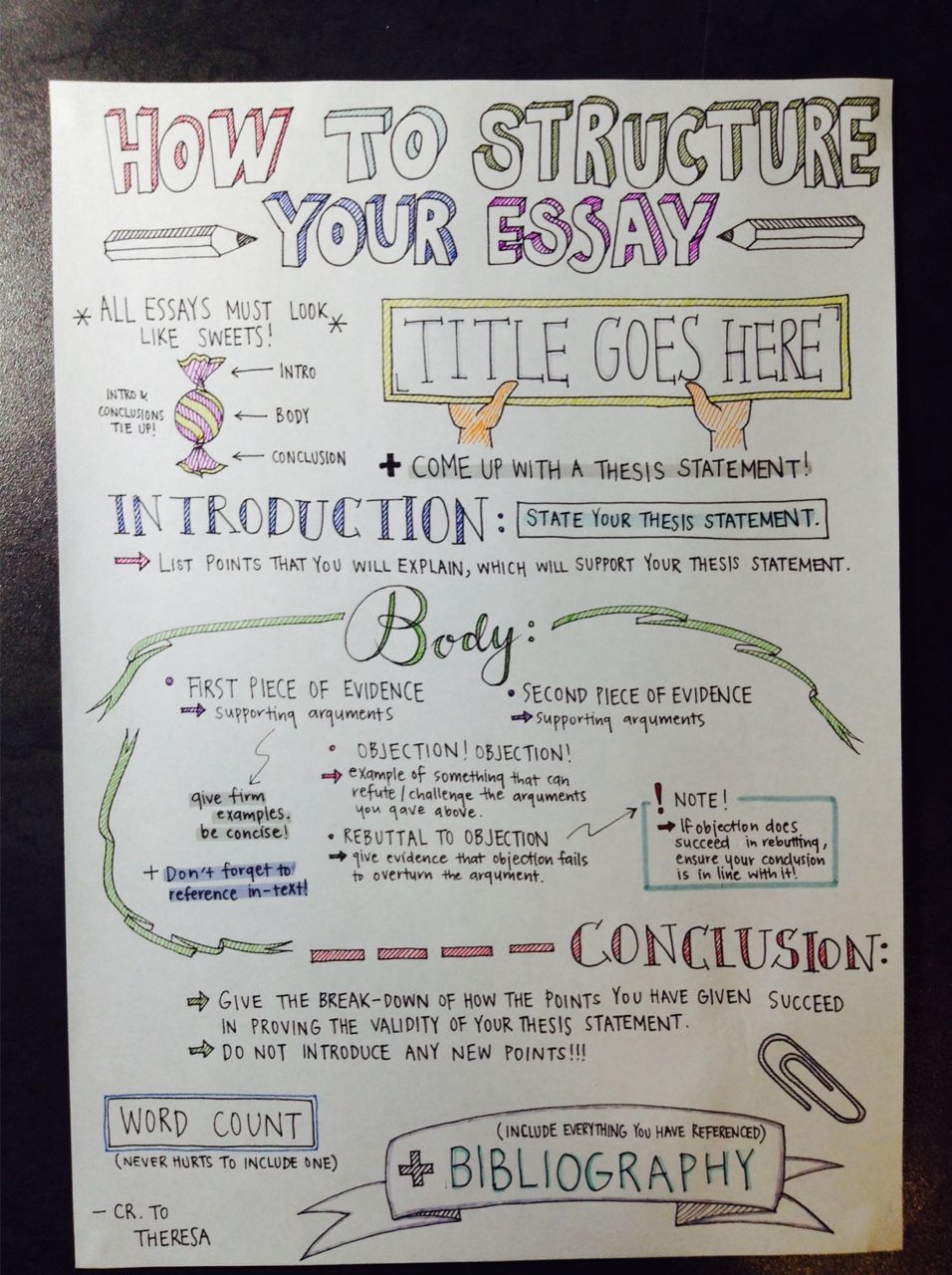
Foot and ankle deformity correction
Foot and ankle deformity correction
Lakeshore Hospital’s Foot and Ankle Deformity Clinic brings surgical expertise in the correction of complex foot and ankle trauma and congenital conditions.
Flat foot (Pes planus)
Flat feet, also known as pes planus is a deformity of the feet, in which the arch running lengthwise along the sole of the feet has collapsed or has not formed at all. Non surgical treatment options include activity modification, orthotic devices, physical therapy, medications and shoe modification. Surgical procedures are indicated in painful pes planus that include tendon transfers, tendon lengthening, bone realignment, joint fusion, or implant insertion.
Adult Acquired flat feet on the other hand is quite symptomatic. Proper management of the foot is required other wise a progressive collapse of the arch would proceed. Consult an Foot and Ankle orthopaedic surgeon if you think there is an increase in mid foot pain in the inner aspect ( medial aspect ) of the foot.
Cavus Foot
Treatment ranges from changes in shoewear to surgeries, depending on the amount of deformity and related problems.
Surgery may be considered if there is no relief with physical therapy, changes in shoewear and/or changes in activity. Some patients will also have tendon problems, ankle weakness and foot fractures. These patients may require other procedures to address related problems.
The surgical procedures involved with the correction of the cavus foot are varied. Theses may include correction of the bony deformity, ankle looseness and the muscle imbalances that cause the deformity. The goal is to provide a foot that evenly distributes weight along both inside and outside edges. A variety of incisions may be needed to perform the procedures related to the correction of the cavus foot.
Surgical Techniques
- Tendon transfers
- Bony surgery
- Dorsiflexion osteotomy of the first metatarsal
- Calcaneal osteotomy
- Fusion
- Toe surgery
Double or Triple Arthrodesis
Triple arthodesis is used to address many types of foot deformity and pain. This procedure fuses three joints in the back of the foot.
Triple arthrodesis is indicated for severe arthritis, instability or deformity that cannot be controlled with nonsurgical approaches. Other conditions, such as severe flatfoot, abnormal connections between bones, excessively high arches and joint instability due to neuromuscular disease, can also warrant treatment with fusion.
General Details of Procedure
The traditional method involves one incision on each side of the foot. Within each joint cartilage is removed, bony surfaces roughened, and defects filled. Once all three joints have been prepared, they are put into place and hardware is placed to stabilize the reconstruction and promote healthy fusion.
Specific Technique
The surgeon confirms proper position of the bones with an X-ray while in the operating room. Then all incisions are closed and covered with bulky dry sterile dressings. To lessen post-operative pain, the nerves around the knee or ankle may be numbed with medication.
Tarsal coalition:
Tarsal coalition is a developmental deformity that occurs because of fusion between two bones (tarsal bones) at back of the foot. The non-surgical methods include use of orthotic devices, physical therapy, injection of anaesthetic agent and nonsteroidal anti-inflammatory medications (NSAID’s). Surgery involves resection of the bony fusion to establish normal range of motion.
Congenital clubfoot (Talipes equinovarus):
Congenital clubfoot is the most common and obvious of all the foot deformities. The feet may become twisted inwards in such a way that top of the foot comes in place where the bottom should be. The initial treatment for clubfoot is the use of non-surgical methods such as serial manipulation and casting using the Ponseti method, taping, physical therapy and splinting, and continuous passive motion with a machine. Surgical correction is required in severe cases that do not respond to stretching and may include release of soft tissue and joint contractures, tendon lengthening, and fixation of temporary pins in the foot.
Congenital Vertical Talus (CVT):
CVT is also known as Rocker-Bottom foot, is a rare condition and is often mistaken for calcaneovalgus, but it is a rigid deformity and not as flexible as calcaneovalgus foot. The initial treatment starts with serial manipulations and application of casts. Cast treatment can only improve the deformity. Definitive correction can be achieved by a soft-tissue release operation. The type of surgical procedure performed depends on the age of the patient, severity of the deformity and surgeon’s preference. In children up to the age of three, open reduction of the talonavicular joint is traditionally done. Children between the ages 4 and 8 are usually treated with open reduction combined with extraarticular arthrodesis (surgical fusion of joint). Patients above 8 years may require a triple arthrodesis.
Calcaneovalgus foot:
This postural deformity is located at the ankle joint and the foot appears to be bent upwards. The foot appears flat and the heel bone turns outwards. The treatment depends upon the severity of the condition. In mild cases, gentle stretching exercises and massage to the foot performed by the parent can help. Splinting can be done in moderate cases and if there is no improvement with stretching exercises after 1-2 months. In cases of severe deformity, serial casting is needed for up to 3 months. Then splints are given to be worn only in the night for 2-10 weeks as a part of maintenance therapy.
ALSO READ


How To Choose The Ideal Paper Writing Service
Posted On 24 May 2023
When you use a paper writing service, then you are picking a company that's devoted to your needs. They are…
APA Live Chat – The Way I Could Write My Paper?
Posted On 8 May 2023
If you've got a big test coming up and you need to have it done on time, and then you…
How to Write My Paper Cheaply
Posted On 7 May 2023
There are many ways to compose my paper inexpensively. In fact, some approaches can actually save money for the writer.…
Posted On 4 May 2023
Have Fun and Enjoy a Fun Way to Enjoy your time at home by playing free slots at the casino…
How to Write My Essay About Writing Sample Papers
Posted On 23 Apr 2023
Are you worried about how to write my own article? I understand, it's somewhat intimidating when you first begin learning…

College Application Essay Writing Service Voucher Reddit.com
Posted On 12 Apr 2023
This will suggest having a apparent being familiar with of the supply material or the subject and sticking shut to…

Quality Custom Essay Writing Service Reddit.com
Posted On 12 Apr 2023
Many universities present distinctive deals with savings which you could uncover fascinating. This way you will hardly ever free the…
Reddit Custom Essay Writing Service For Cheap
Posted On 12 Apr 2023
The Looming Questions: Will the reserve be a accomplishment or not? How considerably would this maximize your composing money? Now,…
Reddit Essay Writing Service Atlanta Ga
Posted On 11 Apr 2023
Pretty much as vital as firm any time you are producing essays, is concept generation. Nothing at all will kill…
Reddit.com Persuasive Essay Writing Service Online
Posted On 11 Apr 2023
As aspect of the organizing for faculty admissions, a timeline ought to be established in progress. Consequently, your site visitors…